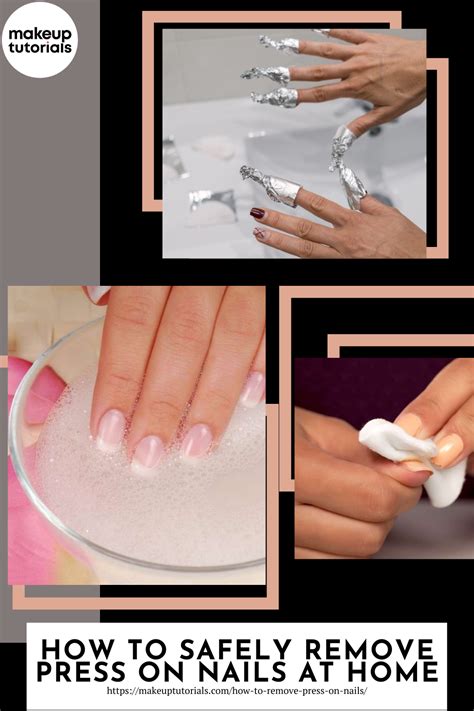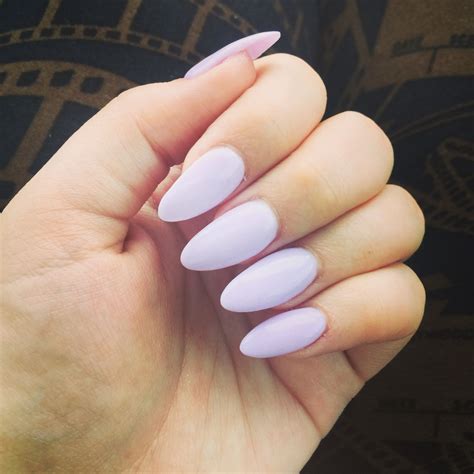Get relief from ingrown nail pain with effective home remedies. Learn how to identify symptoms and prevent long-term discomfort.
Understanding Ingrown Nail Pain
Contents
Ingrown nails occur when the edge of a nail grows into the skin instead of over it, leading to pain, swelling, and in some cases, infection. This common condition can affect any of the toes, but it is most often seen in the big toe. When the nail starts to grow into the surrounding skin, it can cause discomfort and tenderness, making it difficult to wear shoes or walk comfortably. Ingrown nail pain can range from mild to severe, and if left untreated, it can lead to more serious complications.
One of the main causes of ingrown nail pain is improper trimming of the nails. When nails are cut too short or rounded off at the edges, they are more likely to grow into the skin. Wearing shoes that are too tight or putting pressure on the toes for extended periods of time can also contribute to the development of ingrown nails. Additionally, genetics, injury, and poor foot hygiene can increase the risk of experiencing this painful condition.
It is important to recognize the symptoms of ingrown nail pain in order to seek appropriate treatment. Some common signs include redness, tenderness, swelling, and in some cases, pus or fluid drainage. If the pain persists or worsens, it is important to consult a healthcare professional for a proper diagnosis and treatment plan.
There are several home remedies that can help relieve ingrown nail pain and promote healing. Soaking the affected toe in warm water with Epsom salt can help reduce inflammation and soften the skin. Avoiding tight shoes and trimming the nail straight across can also help prevent further irritation. If the pain is severe or if there are signs of infection, it is advisable to seek medical attention.
Identifying Symptoms of Ingrown Nails
Ingrown nails can be extremely painful, and identifying the symptoms early on can help in preventing further complications. One of the most common symptoms of an ingrown nail is tenderness and pain along the side of the nail. This pain can be exacerbated by pressure from wearing tight-fitting shoes or from simply walking. In some cases, the ingrown nail may become infected, leading to redness, swelling, and even pus around the affected area.
Another symptom to watch out for is the presence of an overgrown skin around the nail. This excess skin can develop as a result of the nail piercing into the surrounding tissue. It may appear as a reddish or pinkish bump, and can be quite tender to the touch. It’s important to note that ignoring these symptoms can lead to further complications and may require medical intervention.
If you notice any of these symptoms, it’s essential to take action to alleviate the pain and prevent the ingrown nail from worsening. Seeking professional medical help is advisable, but there are also home remedies that can provide relief and aid in the healing process. However, it’s important to be cautious and not attempt to treat the ingrown nail on your own, especially if it’s infected. In such cases, consulting with a healthcare professional is crucial.
When it comes to identifying symptoms of ingrown nails, paying close attention to the affected area and taking prompt action is key to preventing further discomfort and potential complications. Understanding the symptoms can help in seeking appropriate medical care and taking necessary steps to alleviate the pain and promote healing.
Home Remedies for Ingrown Nail Pain
Ingrown nail pain can be incredibly uncomfortable and frustrating to deal with. If you are suffering from this condition, you may be wondering what you can do to find relief. While it is always best to seek advice from a medical professional, there are also some home remedies that you can try to alleviate the pain and discomfort of an ingrown nail.
One effective home remedy for ingrown nail pain is soaking your foot in warm water mixed with Epsom salts. The warm water helps to soften the skin around the nail, making it easier to gently lift the nail and reduce inflammation. You can also try applying a small amount of antibiotic ointment to the affected area to prevent infection and promote healing.
Essential oils such as tea tree oil and lavender oil are also known for their anti-inflammatory and antimicrobial properties, which can be beneficial for treating ingrown nails. You can dilute a few drops of essential oil in a carrier oil and apply it to the affected area to help reduce pain and swelling.
Another popular home remedy for ingrown nail pain is using a small piece of dental floss or cotton underneath the edge of the ingrown nail to help lift it away from the skin. This can provide immediate relief from the pressure and discomfort caused by the ingrown nail.
It is important to note that while these home remedies can be helpful in providing temporary relief from ingrown nail pain, they are not a substitute for professional medical treatment. If you are experiencing severe or persistent pain from an ingrown nail, it is important to seek the advice of a healthcare professional to determine the best course of treatment for your specific condition.
Application and Use of Remedies
When it comes to home remedies for relieving ingrown nail pain, there are a few different options that can be effective in providing relief. One common remedy is to soak the affected foot in warm water and Epsom salt, which can help to reduce inflammation and pain. Another option is to apply tea tree oil to the affected area, as it has natural antibacterial and anti-inflammatory properties.
In addition to these methods, some people find relief from ingrown nail pain by applying a small amount of over-the-counter antibiotic ointment or cream to the affected area. This can help to prevent infection and reduce inflammation. It’s important to note that while these remedies can be effective for many people, they are not a cure-all, and should be used in conjunction with proper nail care and, if necessary, professional medical treatment.
When applying these remedies, it’s important to do so with care and attention to detail. Soaking the affected foot should be done for at least 15-20 minutes, and the tea tree oil or antibiotic ointment should be applied sparingly to avoid irritation. It’s also important to keep the affected area clean and dry, and to avoid wearing tight or restrictive footwear that could exacerbate the problem.
In addition to these home remedies, some people may find relief from ingrown nail pain by using a small, clean instrument to gently lift the nail away from the skin. This should be done with caution to avoid causing further injury, and it’s important to keep the affected area clean and protected afterward.
Effectiveness and Long-Term Prevention
Home Remedies for Relieving Ingrown Nail Pain
When it comes to ingrown nail pain, it’s important to not only focus on immediate relief but also on long-term prevention methods. Understanding the effectiveness of different remedies is crucial in managing and preventing ingrown nail pain. It’s essential to find remedies that not only provide relief but also address the underlying issue to prevent future occurrences.
One of the most effective long-term prevention methods for ingrown nail pain is maintaining proper nail care. This includes trimming the nails straight across and avoiding rounded edges, which can contribute to ingrown nails. Keeping the nails at a moderate length can also help prevent them from growing into the surrounding skin, leading to pain and discomfort.
Another effective long-term prevention method is wearing properly fitting footwear. Tight or ill-fitting shoes can put pressure on the toes, leading to ingrown nails. Choosing shoes that provide enough room for the toes can help prevent the nails from becoming ingrown.
It’s also important to regularly inspect the nails for any signs of ingrown nails. Early identification of symptoms can help in taking timely action to prevent the condition from worsening. Keeping the nails clean and dry can also help prevent ingrown nails.
Ultimately, the effectiveness of long-term prevention methods for ingrown nail pain depends on consistent and proper nail care. By following these prevention methods, individuals can reduce the risk of experiencing ingrown nail pain in the long run.












